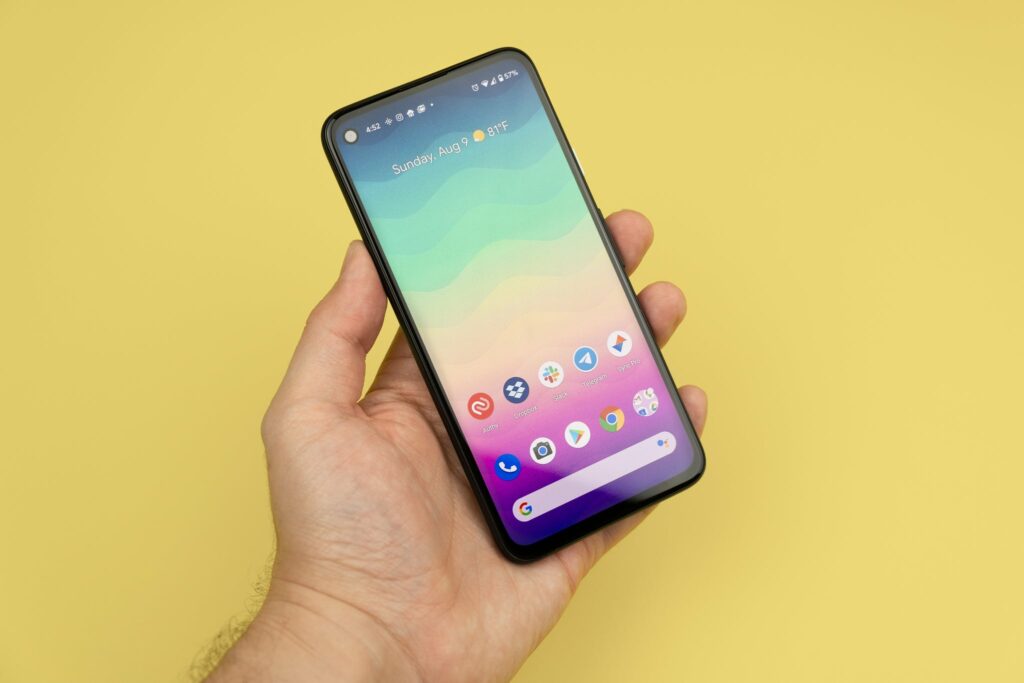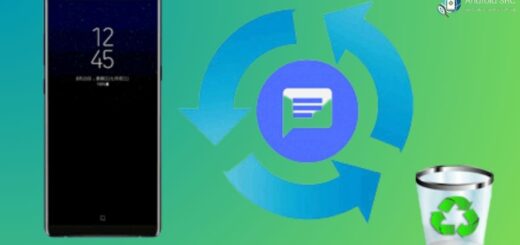Soft Reset VS Hard Reset – Everything you need to Know!
“Soft reset” and “Hard reset” are two terms that could be used interchangeably. Here we will explain the difference between the two.
Soft Reset
What the Soft Reset is?
A soft reset is a simple restart to fix commonly noticed issues in mobile phones. A soft reset closes all the applications and clears the data stored in the RAM. Any unsaved data will be lost in this process. So, if you have any important work, save it before restarting your phone.
A soft reset does not delete data from your phone or affect files and settings. On the other hand, a hard reset refers to a factory reset of your mobile phone. This will revert your phone to the condition it came in from the factory, this means all your files, photos, songs, system configurations, and other data will be deleted.
So, you will need to set up your phone again and restore the data. There are different reasons for conducting a soft or hard reset which we will discuss further in this article. Keep reading to find out more.

The soft reset is a command that resets the settings on your phone to factory defaults. This command is usually entered on the “Settings” menu of most phone models and is usually found within the “General” option. You can take your phone to a manufacturer’s support center to have it reset, but it’s often a good idea to reset your phone at home first, just in case you manage to wipe the data on your phone.
You’ll probably need to perform a soft reset on your device sooner or later. Simply put, a soft reset clears out memory and software caches from your phone’s operating system, giving it a fresh start. Your phone may be acting sluggish, or it may just be starting to feel old. Either way, a soft reset should do the trick.
How to Do a Soft Reset on Android
Almost all the smartphones that come out these days have a dedicated restart option that can be used to do a soft reset. To do this, simply hold the power button until you see the power menu and click on restart.
What Does a Soft Reset Do?
A soft reset can solve a lot of commonly occurring issues in smartphones, such as the inability to send or receive text messages and voice calls, laggy & sluggish UI, audio issues, network-related issues, incorrect network preferences, minor software issues, inability to send or receive files, and unresponsive touch issues. These are some problems that a soft reset of your phone can fix. In addition, you should restart your phone at least once a week to power-cycle it and keep it in its optimal state at all times.
Soft resets are the first step when trying to remedy some sort of issue with the smartphone and can solve more problems than you might think.

Hard Reset
What is a Hard Reset?

A hard reset or factory reset refers to the state the phone was in when it was shipped from the factory. A hard reset on your phone reverts the phone to its original settings and a clean and brand-new OS. However, doing this does remove all the data from your phone, including files, photos, videos, system settings, and other data.
So, you will need to create a backup of your files and other data before you go ahead with your mobile phone factory reset.
What does a Hard reset do?
A hard reset is usually the last resort to solve a particular problem on your smartphone. It can help solve corrupted software issues, remove viruses & malware, reverting unwanted settings, remove malicious applications, and removing anything that has been added to the phone, causing it to malfunction.
Remember that a hard reset cannot be reversed and is permanent, so make sure you have at least one backup stored in the cloud or on your PC to restore it. A hard reset will also remove all your conversations from Whatsapp if they are not backed up regularly to the cloud.
In such cases, the chats are stored locally in the internal storage of your phone; if you do a hard reset without backing this up, then all your conversations will be deleted permanently, along with the associated media files. So, make sure you go into the Whatsapp settings and backup your chats and media.
How to perform a Hard Reset?
The process of doing a hard reset on your phone might differ depending on your phone. However, there are some basic guidelines that you can follow. First off, Unlock your phone and open the Settings application. Now, scroll down and click on System settings. Click on Back up and reset.
You also need to be aware of certain things before going ahead with a hard reset before you begin factory resetting your phone. Such as, make sure the phone’s battery is charged over seventy-five percent, as if the phone shuts down due to low power during this process, it might brick your phone, which means that it is rendered unusable due to software-related issues.
Do remember to keep a backup of all your data before you begin. Once you’re done with all this, follow the steps below to see how to move further. Now, depending on your phone and the software it runs on, this menu might have a few different options. Click on reset, and then click on Erase all data. You will be asked to enter your lock screen password. After that, wait until the process is finished. You will be met with the welcome screen of your phone and will need to set it up again from scratch.

Remember to backup your phone before performing a hard reset in a good MicroSD card to avoid corruption and loss of data.
Review Soft Reset Vs Hard Reset

Soft reset: The simplest reset that can fix many minor issues you may encounter while using your phone. A soft reset should be the first reset and is often the first troubleshooting step you can take when trying to fix a problem with your phone. This reset simply turns your phone off and on again. A soft reset will not cause any data loss on your phone.
Hard reset:
Hard Reset is usually, the last resort and last resort attempt when other types of resets have been tried and the problem has not been resolved. A hard reset is designed to fix serious software issues on your phone. This reset will remove all user data from the phone and reset the phone to factory settings.
Hard reset is a generic term that describes any factory reset on any Android smartphone or tablet. Many device manufacturers use this term to generically describe the factory reset procedure, but it’s important to understand that a hard reset may be a different procedure depending on the manufacturer of the device.
A hard reset is sometimes referred to as a factory reset. Performing a hard reset can be helpful for a few things:
- If you’re having a problem with your phone, such as it hanging, freezing, or crashing, a hard reset can fix the issue.
- And if you’re having issues with a third-party application, such as Instagram or Facebook, a hard reset can clear the problem.
- If you’re having issues with an app, such as Gmail, a hard reset can reset the app and clear out all of the stored data.
Also, read types of mobile phone resets if you want to learn more.
Overall Opinion
When you own your smartphone, eventually your device will start acting up. It could be as simple as having to search for wifi networks very often, or it could be your phone constantly dying while you’re trying to watch a movie, or even having internet issues. Get out of line! The best thing you can do is reset your phone.
A soft reset is the easiest and quickest way to repair your phone and get it back to normal. A soft reset doesn’t erase any of your data, and it’s the best way to fix a glitchy phone. A hard reset is the more advanced and tough to repair type of reset.
A soft reset is performed when the device encounters an error and needs to be restarted. A hard reset always resets the device. However, sometimes, a hard reset is necessary, and without the proper knowledge, you could damage your phone. Continue reading this article 1 or 2 times to learn the difference between a soft reset and a hard reset.



